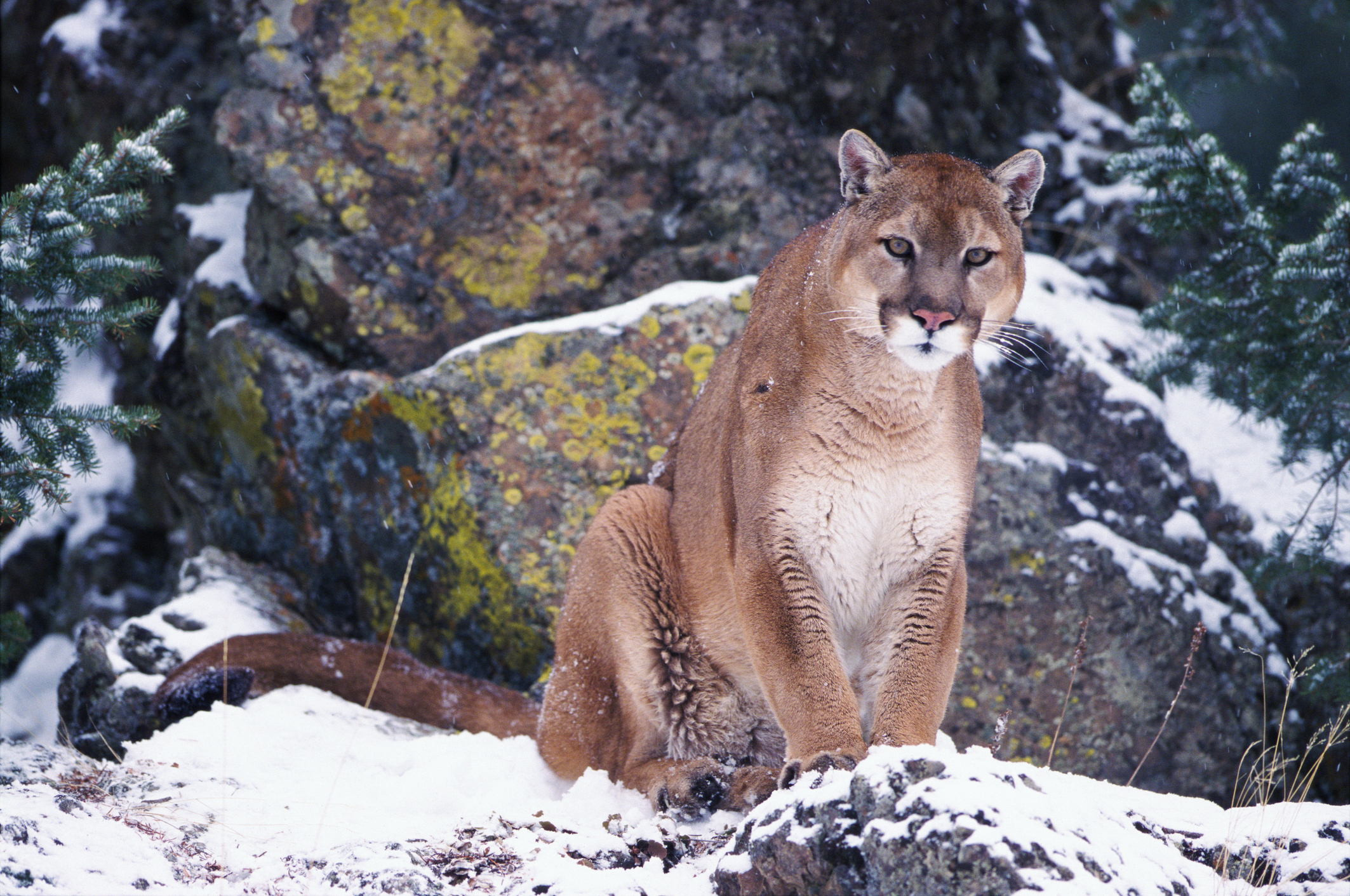Over the Fourth of July weekend, as Coloradans gather at rodeos, county fairs, and demolition derbies, signature-gatherers with sturdy clipboards and tethered pens will be as ubiquitous as cotton candy and sunburns.
These are paid gig workers, hoping to get as many signatures of legally registered Coloradans as possible before the July 5 deadline. One of the petitions that Colorado residents will surely be asked to sign would put Initiative #91 on November’s general election ballot, and if passed it would prohibit hunting and trapping for mountain lions and bobcats statewide.
The initiative is proposed by an anti-hunting group, Cats Aren’t Trophies, that claims hunting for wild cats is inhumane, unnecessary, and imbalances prey-predator relationships across the state. CATS is funded mainly by the Humane Society of the United States and Friends of Animals, groups that have denounced all hunting as unnecessary “trophy hunting.” CATS has launched a paid drive in recent months, paying signature gatherers as much as $5 to $7 per signee to get Initiative 91 on the general-election ballot.
But a group of hunting and conservation groups hopes the initiative never makes it to November. They’re discouraging Colorado residents to sign ballot-qualifying petitions, citing the state’s science-based wildlife management that’s responsible for robust wild-cat populations and mechanisms that adjust hunting regulations based on citizen input.
“The future of Colorado’s wildlife management is at a crossroads,” says Gaspar Perricone, chair of the Colorado Wildlife Conservation Project, the state’s largest alliance of hunting, angling, and wildlife conservation organizations. “The underpinnings of science-based wildlife management administered by wildlife professionals may be on the ballot this November, and the stakes couldn’t be higher.”
This week, CWCP formally announced its opposition to the ballot measure, and launched a “Decline to Sign” campaign aimed at residents who are likely to be asked to sign petitions that could put the question on November’s ballot.
Proponents have to gather at least 124,238 signatures of verified voters in order to qualify Initiative 91 for the general election. CATS, which has hired paid signature-gatherers, is likely to be very close to that threshold, says Dan Gates, with pro-hunting Coloradans for Responsible Wildlife Management.
“I’d call it a coin flip. It’s going to be that close, and we won’t know the results until after the July 5 deadline,” says Gates. “If the proponents collect the number of qualified signatures, then we will look ahead to defeating this initiative in November. But because of what this movement represents — an anti-hunting agenda that is morphing into a nationwide ban on all hunting — it’s important to halt the advance before it transcends the borders of Colorado.”
Perricone acknowledges that his group’s messaging — a call to not participate in the signature-gathering effort — is contrary to most calls to action. But he says Coloradans who are asked to sign petitions often don’t have a clear context for the request. Instead, they’re approached at a public gathering and asked to make a snap decision to sign a clipboard.
“It’s important to realize what this initiative is really seeking,” says Perricone. “It’s asking for wildlife to be managed not by science but by emotion.”
Colorado Parks and Wildlife estimates the state’s mountain lion population at between 3,800 and 4,400. Licensed hunters kill about 500 mountain lions a year, a number that’s closely monitored by wildlife managers, who require hunters to submit harvested lions to an inspection that records the animals’ age, sex, and overall health. Similarly, bobcat populations are monitored annually, and the state reports healthy numbers of bobcats across Colorado.
The petition is also an end-around public processes that have routinely rejected attempts to outlaw hunting for Colorado’s wild cats.
“This issue isn’t new to Colorado,” he says. “It was rejected three times at the [Parks and Wildlife] commission level as a solution in search of a problem. The data didn’t support the notion that a prohibition on lion harvest was warranted in light of a booming population. So proponents transitioned to the legislature, and they failed there as well. The initiative process is an avenue of last resort.”
Read Next: As Wolf Management Debate Reaches a Fever Pitch, the Interior Department Hires a National Mediator
Opponents of Initiative 91 hope that voters recall the mess created by another ballot measure, Proposition 114. That 2020 ballot question, which narrowly passed, required Parks and Wildlife to reintroduce wolves to Colorado — even though wolves were already moving into the state naturally. The first reintroductions took place last winter, and wolves have spread across central Colorado, where some have preyed on livestock, creating friction between wildlife managers and ranchers.
“The wolf issue is fair to bring up as we consider the mountain lion ban,” says Perricone. “It’s proof that ballot-box biology can have unintended consequences. We’re saying, let’s not make that mistake again.”
Read the full article here




